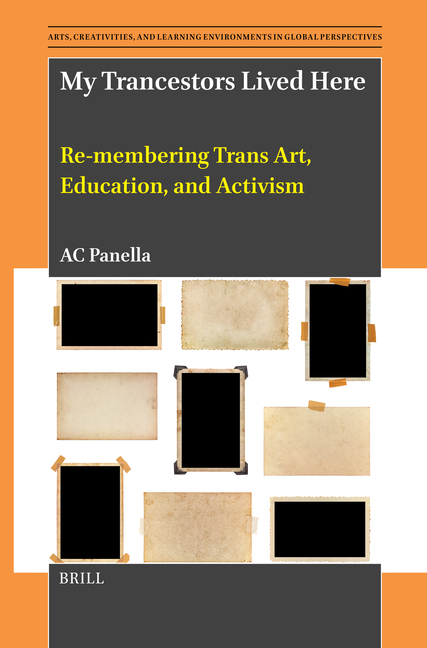Description
Visibility in the transgender community and trans studies has increased in the last decade. Conversations around trans history and memory have often been focused on historical individuals or capturing descriptions of memorable events. There have been few conversations that look at how those histories are shared down and through the trans community. This book uses the events related to the Compton's Cafeteria Riots and the subsequent creation of the Trans Cultural District in San Francisco's Tenderloin neighbourhood as focal point as remembered through the eyes of six trans artists and activists and then expanding that reach into the archival and artistic practices across the US, Mexico, and Canada. Redefining trans practice and trans ethos can challenge, create, and reinterpret public memorialization. In doing so, notions what collective memory and public history are transform how we understand and envision the lived experiences trans people today.
Last updated on
Product Details
- Jul 3, 2025 Pub Date:
- 9004734317 ISBN-10:
- 9789004734319 ISBN-13:
- English Language




